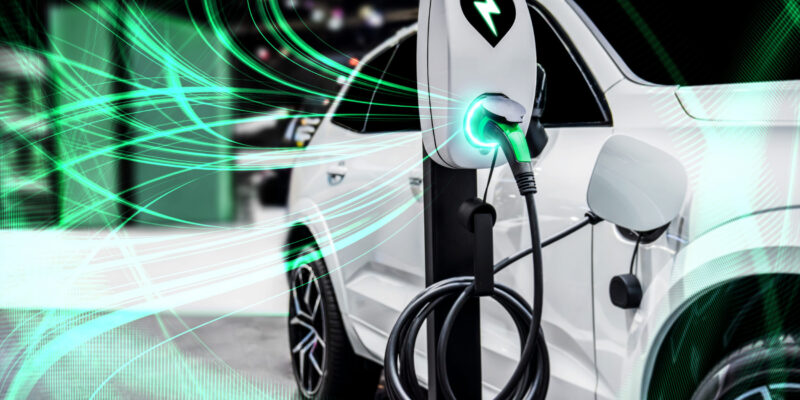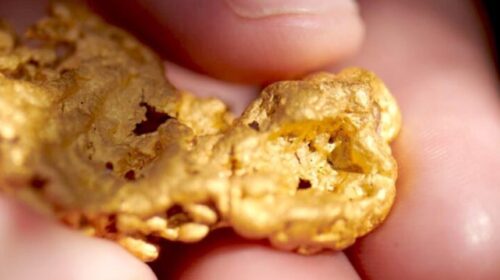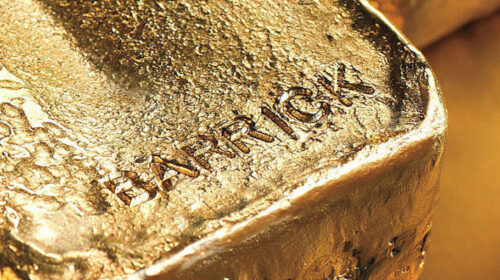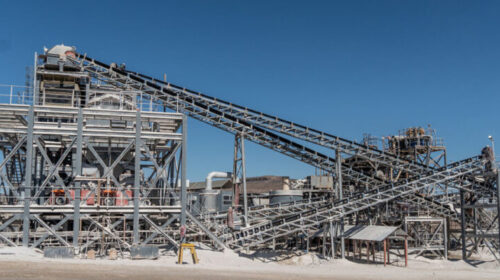HAS GLENCORE GIVEN ELECTRIC VEHICLES THE EXTRA PUSH TO ENGINEER COBALT OUT OF A BATTERY?
Is cobalt becoming its own worst enemy? Simon Moores, Managing Director, Benchmark Mineral Intelligence explores Glencore’s latest move to pull hydroxide supply from the market in the midst of contract negotiating season and what it means for cobalt’s strained relationship with cathode, battery and electric vehicle (EV) producers.
On Tuesday 6 November, the wires and social media channels were lit up with a seemingly significant piece of cobalt news: Glencore had pulled 1,472 tonnes of cobalt hydroxide from the market.
The basis for the world’s leading producer to act in this way was uranium. Trace elements above the allowed export levels were found in the warehoused lot of material destined for China and the lithium ion battery market.
“Katanga Mining Limited today announced that its 75%-owned operating subsidiary, Kamoto Copper Company SA temporarily suspend the export and sale of cobalt at its Kamoto Project in the Democratic Republic of the Congo until further notice,” Glencore’s subsidiary said in a press release.
“The presence of uranium was recently detected in the cobalt hydroxide produced at the Kamoto Project in levels that exceed the acceptable limit allowed for export of the product through main African ports to customers.”
“To date, the total cobalt production impacted by the sale suspension amounts to 1,472 tons of finished cobalt,” it added.
At the same time, 7,000 miles away from the Democratic Republic of Congo (DRC) where Glencore mines its cobalt, it was the peak of mating season in the cobalt industry as a week-long conference in China kicked off against the backdrop of behind-the-scenes contract negotiations.
The timing was impeccable.
Was it just a coincidence? Was it a bid to get more leverage on pricing in these new contracts in the midst of contract negotiating season? Only Glencore will know.
But the media and investors were all over this. Tweet storms were rife and articles from all the major media outlets – Financial Times, Bloomberg, Reuters, et al – all featured coverage on the development.
Some headlines were bold: “Glencore’s radioactive shock for the cobalt market” – Reuters.
Some were more measured:“Kamoto halt highlights cobalt’s unpredictability” – The Northern Miner.
Regardless of intentions, it shows how precarious cobalt supply is and again highlights how it is the weakest link in the lithium ion battery to EV supply chain.
It is important to quickly clarify that the impact of the export ban is expected to be minimal, assuming there are no other issues with growing DRC supply, particularly the ramp up from ERG’s neighbouring RTR Project.
The industry slipped into surplus this year where it was expected to remain for the next 3 to 5 years, and Glencore’s 9-month delay shouldn’t have a significant long term impact on the market.
Despite this minimal supply disruption, it is the action itself and its timing that is critically important to the long-term health of the EV supply chain.
And it is a development that is another factor in driving the lithium ion battery and EV industry to engineer cobalt out of a lithium ion battery.
The hunger for more, using less
To analyse the context of this, it is best to start with cobalt’s short but tumultuous relationship with the lithium ion battery space.
Until three years ago, cathode manufacturers would negotiate up to several thousand tonnes of cobalt chemicals or metal each year to feed a steady but growing industry.
Cathode manufacturers were making cobalt intensive lithium cobalt oxide (LCO) formulas for the portable electronics market – even with 60% cobalt in these batteries, it presented little issue as cost of the cobalt in each high value unit was relatively low.
Then came the start of the EV revolution.
In quick succession, cathode maker after cathode maker were getting big signals from their battery customers that they need cathode and lots of it.
Requests increased by an order of magnitude as cathode producers had to plan for 10,000 tonne, 15,000 tonne and 20,000 tonne a year orders from individual customers.
The huge shift in strategy was being driven by the rise of the lithium ion battery megafactories as battery cell majors planned significant capacity increases and the industry topped over 1TWh of pipeline capacity by 2028, according to Benchmark Minerals’ Lithium ion Battery Megafactory Assessment.
At 1TWh of capacity, the cobalt industry would need to produce over 200,000 tonnes of battery grade cobalt chemicals each year, increasing from 50,000 tpa today.
In three years, these cathode plans intensified, cobalt’s price sky rocketed and the niche metal was once again front page news.
It was cobalt’s 21st century coming of age and as a result growing pains were exposed.
Tensions between cobalt producers, cathode manufacturers and EV makers rose as the downstream sought to lock in long term contracts while producers were seeking to make the most of cobalt’s high price – its first major spike since 2008.
“Cobalt is cocaine right now”
Yet the relationship between cobalt producers and battery makers has never been easy.
The difficulty for battery makers to complete competitively priced deals in the face of the EV ramp up of 2017 and 2018 has forced chemistries away from nickel-cobalt-manganese (NCM) 111 – equal proportions of each metal – to a standard of NCM 523 and NCM 622, which uses fundamentally less cobalt.
It also forced Tesla to publicly state its achievement that it had reduced its cobalt consumption per EV by 60% in three years.
While Tesla’s nickel-cobalt-aluminium chemistry always used much less cobalt than NCM, it was significant for Elon Musk to say: “We use less than 3% cobalt in our batteries & will use none in next gen”.
In other words, you can read this as ‘we do not like being held over a barrel by cobalt’.
Another major statement came only two weeks ago at Benchmark Minerals Week 2018 in Newport Beach, CA when BYD America’s VP and battery pioneer, Micheal Austin said the following: “Cobalt is still a gotcha… realise that cobalt is cocaine right now and there’s a new cartel forming.”
![]()





